How To Write Your First Blog Post on WordPress
Writing your first blog post is usually the next audacious task after building your WordPress website (blog). But it shouldn’t be, especially if you start a blog about a niche you are interested in, are passionate about, or have experience in. It is as simple as A, B, C.
Many people struggle to write their first blog content because they start a blog about an industry or topic they have no idea about.
It’s like a fish trying to survive on dry land.
Naturally, when an organism is in its natural habitat, it thrives effortlessly. Most of the time, struggle is a result of not being in one’s natural environment.
Don’t be like the fish.
That’s why I advise starting a blog in an industry you’re passionate about and knowledgeable in, especially if you don’t have the resources to hire reputable writers.
Look at it this way: if you are a lawyer, and you’re asked to write about law, would you really find it very difficult? Or if somebody asks you, “What is law?” Would you find it difficult to answer that question? I doubt it.
Writing from experience is always the best. It flows naturally.
Imagine you’re a painter and have been painting for 20 years. If somebody asks you, “What are the best colors to use in a room to make it very bright?” I wonder if you would need to Google or do more research to answer that question.
Your experience should be enough to tell you what to do. When you launch your blog and are about to write your first blog post, see it as explaining something you know to a novice.
However, adequate research can always suffice if the blog niche isn’t an industry in which you have experience.
Trust me, starting a successful blog starts with your content production.
How To Write Your First Blog Post on WordPress
1. Start with Keyword Research
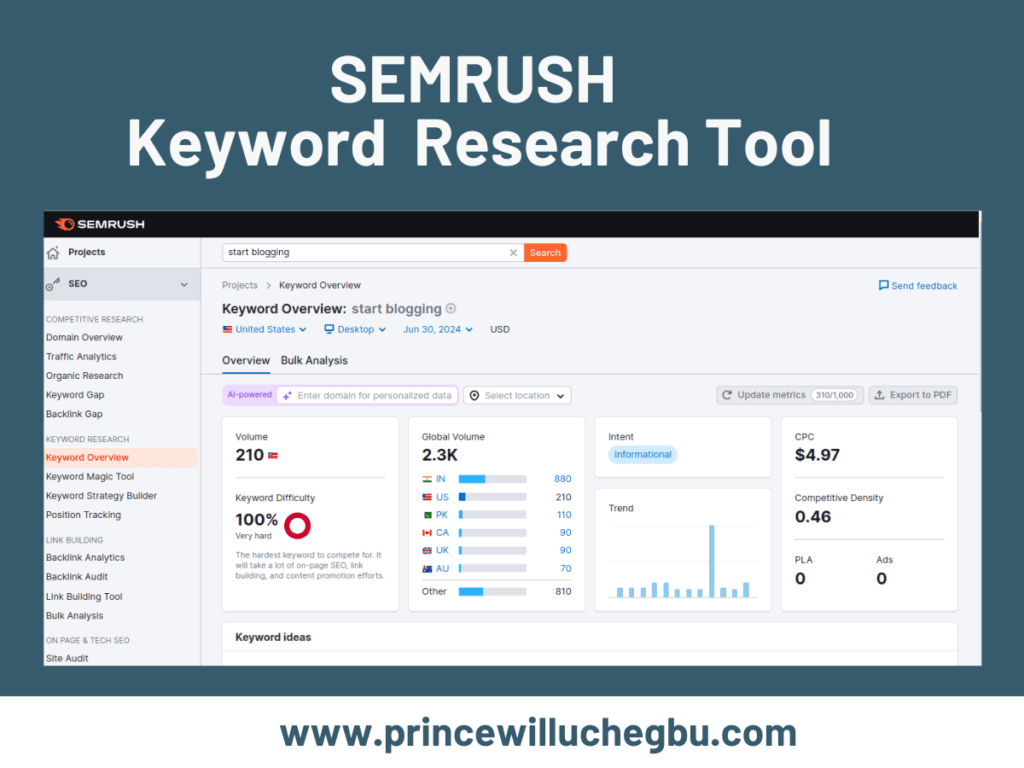
Before you start, you need to do keyword research. A blog post begins with keyword research: finding out what your target audience is searching for, how they are searching for it, why they are searching for it, and in what manner they want the content.
This is an aspect where many newbies fail.
Most beginners, when they want to write a blog post, just Google whatever comes to mind, copy, edit, and publish. That is a recipe for failure. Do not follow that method.
Start by uncovering exactly what your target audience is looking for.
This process involves using Search Engine Optimization (SEO) tools like SEMrush, Ubersuggest, and even free ones like Google Keyword Planner to mine those data.
Note that Ubersuggest and SEMrush offer free versions but with limitations. I’ve done a full tutorial on conducting good keyword research, so you should check that out.
2. Structure your blog post
Once you’ve identified what people are searching for in your industry, the next step is to build a structure. This is also known as a content brief.
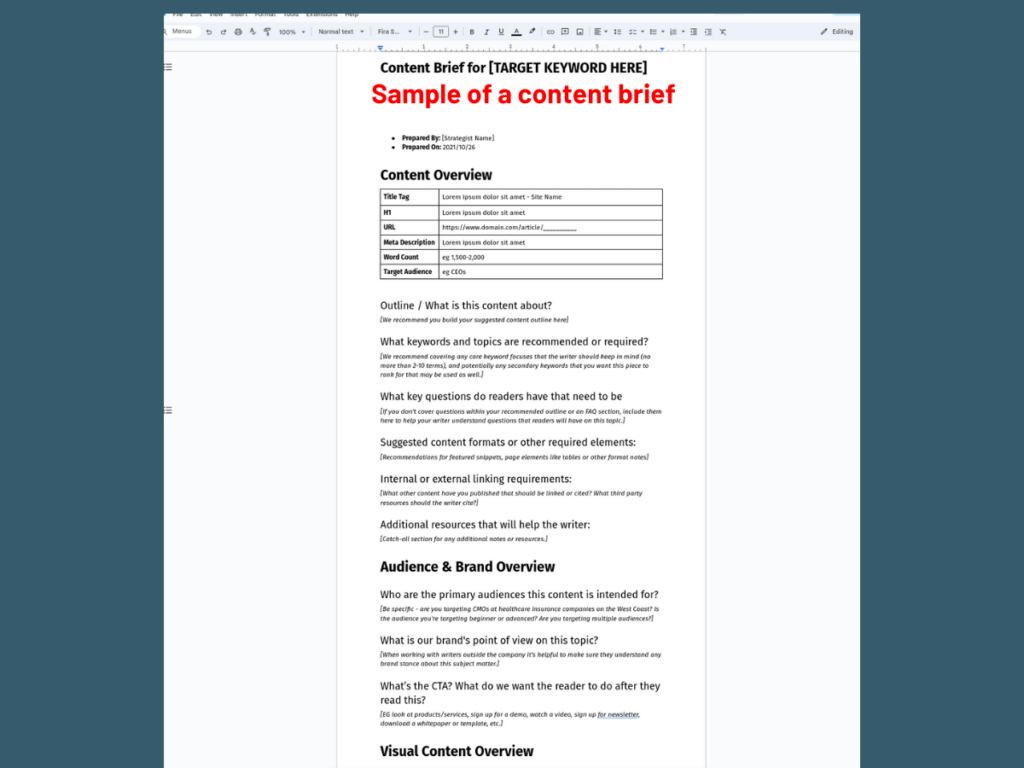
Ask yourself, what are the things you want to talk about? In this topic, what are the other issues and subtopic headlines you need to cover? What are the main ideas you want to convey?
Let’s assume you are a sports blogger and want to write about Messi. You don’t just want to discuss Messi; you want to break it down into various subheadings.
For instance, you want to have an introduction and a conclusion.
You might also include a brief about Messi’s early life, football career, and any scandals he might have been involved in. What about the different awards and features? All of these could form different subheadings for easy consumption.
Another perfect example is looking at how the content you’re reading is structured.
First, I have an Introduction. Then, I have the body – which contains the various steps. Next, I thought of the Frequently Asked Questions before including a heading for the conclusion.
Also, structure helps search engines understand your blog and makes it easier for readers to navigate.
3. Conduct Thorough Research
Once you have built a content workflow, the next step is to research. Get on the internet to find support ideas and opinions about the topic.
Avoid copying and pasting. Rather, reference the sources of your information appropriately.
As you’re reading about the topic or related topic, write down striking ideas you can use in your content. Some of such ideas could be statistics, names, quotes, etc.
Even if it’s a topic you’ve 100% knowledge of, you might still need to get a third-party existing opinion about the topic to support your view further.
And if it’s content that falls within the Your Money or Your Life (YMYL) category, supporting it with empirical evidence enhances credibility. See Google’ guidelines for quality evaluators for more on YMYL.
Personally, if it’s a topic I have no idea about or am not an expert in, I like to adopt the interviewing method of content creation.
Blogging is a profitable career, if you follow the right blueprint. To get started, check out: How To Start and Make Money Blogging
4. Start Writing Naturally
You do not need to be a wordsmith to produce great content, nor must you be a William Shakespeare. Once you have done your research, the next step is to begin writing.
As you write, express yourself as naturally as possible. Write as if you’re talking to a friend. That is the best way to produce blog content.
Imagine that your friend has asked you about that topic. Begin to explain it to the person in writing.
Use bullet points where necessary to make your content memorable.
When you are done, ensure you sprinkle other secondary keywords, such as latent semantic indexing (LSI), that you uncover during the keyword phase, not just the primary keyword.
This makes your content appear when people search for it using related terms other than the primary keywords.
Explore other avenue to get more eyeballs on your content. See: How To Get Traffic To Your Blog
5. Edit Your Content
Many bloggers/writers make the mistake of publishing their content immediately after writing without revisiting it. That’s not a healthy practice.
When you’re done writing, edit it properly for grammatical errors. Thankfully, there are many tools you can use for that, such as Grammarly. With the software, you can pick out some of the most prominent grammar errors you might not have seen initially.
Another method is to revisit your written content a few hours before publishing. This way, you see the content with fresh eyes and might spot some corrections.
6. Relevant Images / Video
Remember that the basis of Search Engine Optimization begins with keyword research, but it doesn’t end there. Your blog post needs an image and a relevant image when necessary.
Once you upload the image, usually the featured image and the other images that demonstrate the idea you want to pass on, be sure to include an Alt Text, Title, Caption, and Description. Here’s a quick guide to describe the purpose of the images you upload.
For me, I’ll always ensure to find a way to include specific keywords in the image descriptions.
FAQS | How To Write Your First Blog Post on WordPress
What Is the First Step in Writing a Blog?
Choose a specific topic that interests you and resonates with your target audience. Conduct thorough research to ensure the topic is relevant and hasn’t been overly covered. Understand your audience’s needs and preferences, then outline your main points to create a structured framework for your post.
What Is an Example of a Sentence Starter?
An example of a sentence starter is: “Have you ever wondered why…” This type of opening piques curiosity and encourages readers to continue reading to find the answer.
How To Write a Blog Post for SEO?
Conduct keyword research to find relevant and high-traffic keywords. Incorporate these keywords naturally into your title, headers, and throughout the content. Write high-quality, informative content that answers your audience’s questions. Use internal and external links, optimize images with alt text, and ensure your blog is mobile-friendly and loads quickly.
What Are the 5 Easy Steps To Write a Blog Post?
1. Choose a relevant topic and conduct keyword research.
2. Create an outline to organize your thoughts.
3. Write a compelling introduction to grab the reader’s attention.
4. Develop the main content with clear, informative sections.
5. Conclude with a strong closing that reinforces the main points and includes a call-to-action.
How Do You Write the First Sentence of a Blog?
You might start with a question, a surprising fact, or a bold statement to capture the reader’s attention. For example: “Did you know that 60% of bloggers struggle with content creation?” This approach draws readers in and makes them want to learn more.
How To Start a Blog Post Introduction?
Briefly explain what the post will cover and why it’s important. Use a hook, such as an interesting fact or a personal anecdote. You might tell the reader to continue reading.
Final Thoughts
One practice that will greatly enhance your content production capacity is having a well-planned content calendar. With that, you’re sure you always have something to talk about.
Also, using AI could help facilitate your content production. Yes, Google isn’t against AI usage in content production. Google’s policy on AI content is very clear.
You can use AI to ideate, come up with content ideas, suggest different ways to express different ideas and do much more.
Lastly, it’s usually advisable to avoid linking back to your competitor since Google’s system sees links as a ranking factor.
Here’s a typical example:
If I’m in the sports niche and have written about Lionel Messi on the topic “Who is Lionel Messi,” and you’re a sports niche blogger also writing about “Who is Lionel Messi,” linking back to my article on Lionel Messi gives my content more credit than yours and tells Google to prioritize my content over yours.
Finally, include a table of contents for all your blog content. This way, readers can navigate the content easily.


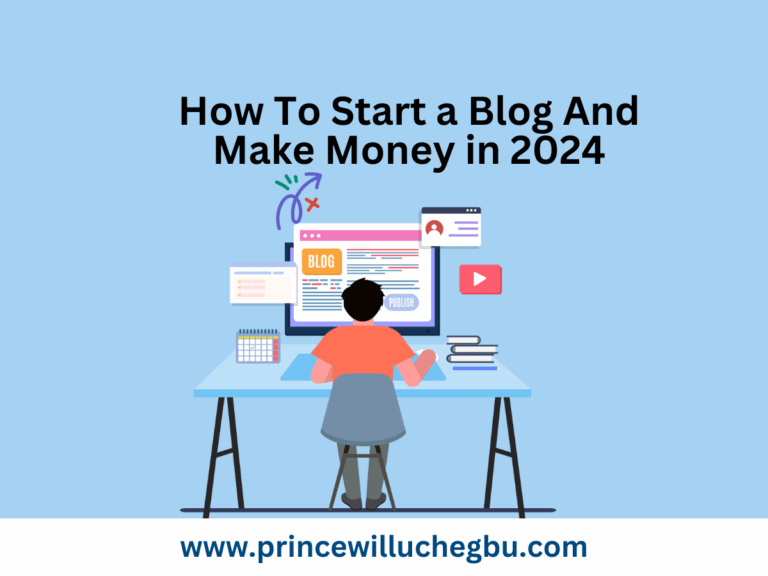

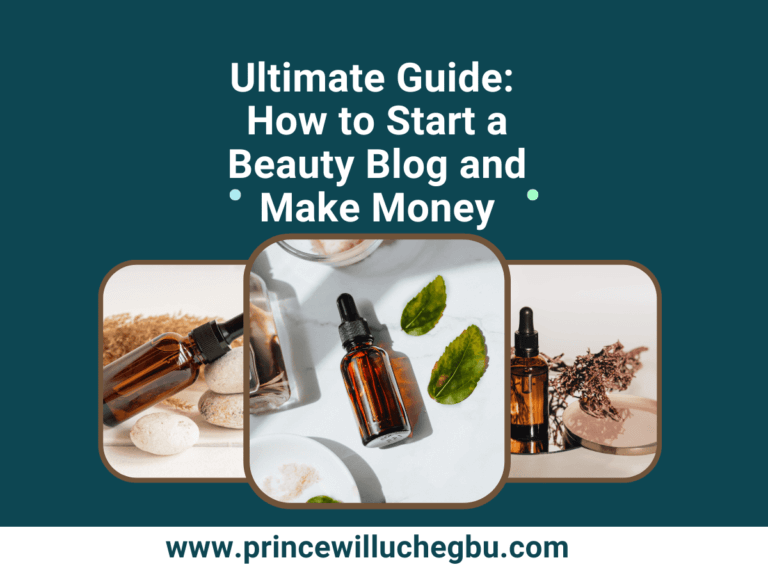
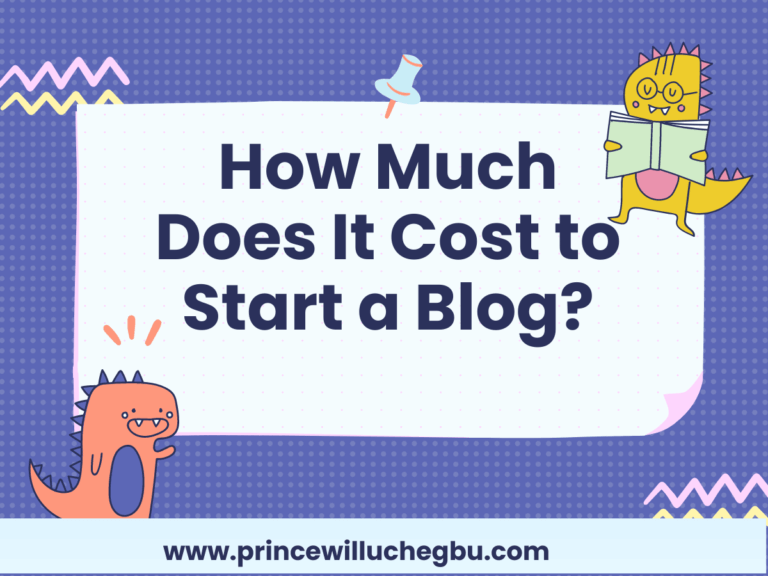

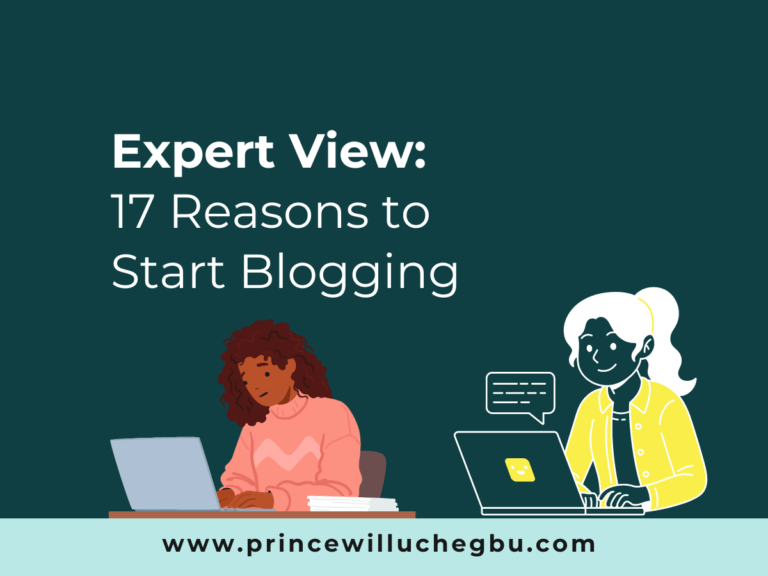
3 Comments